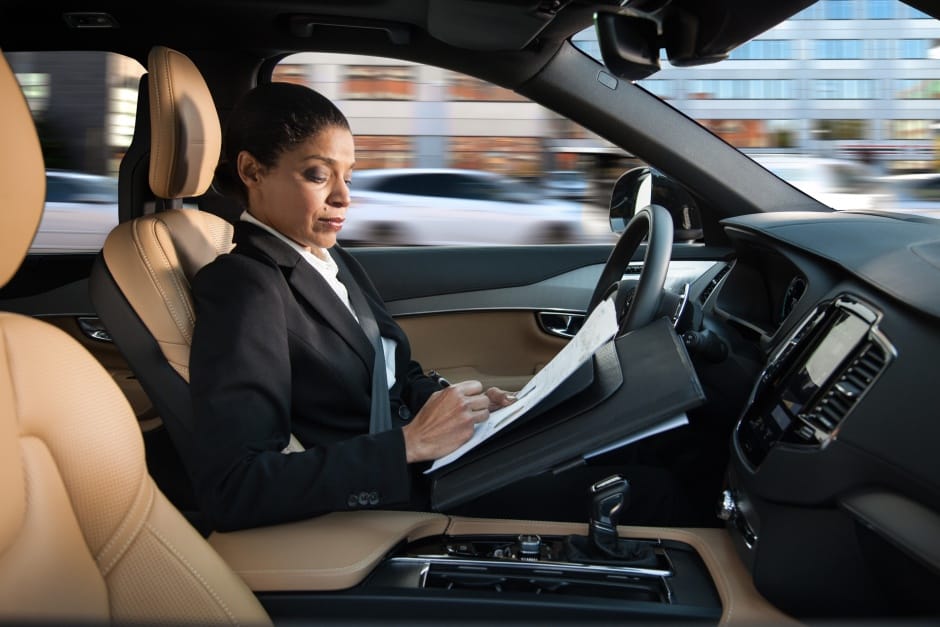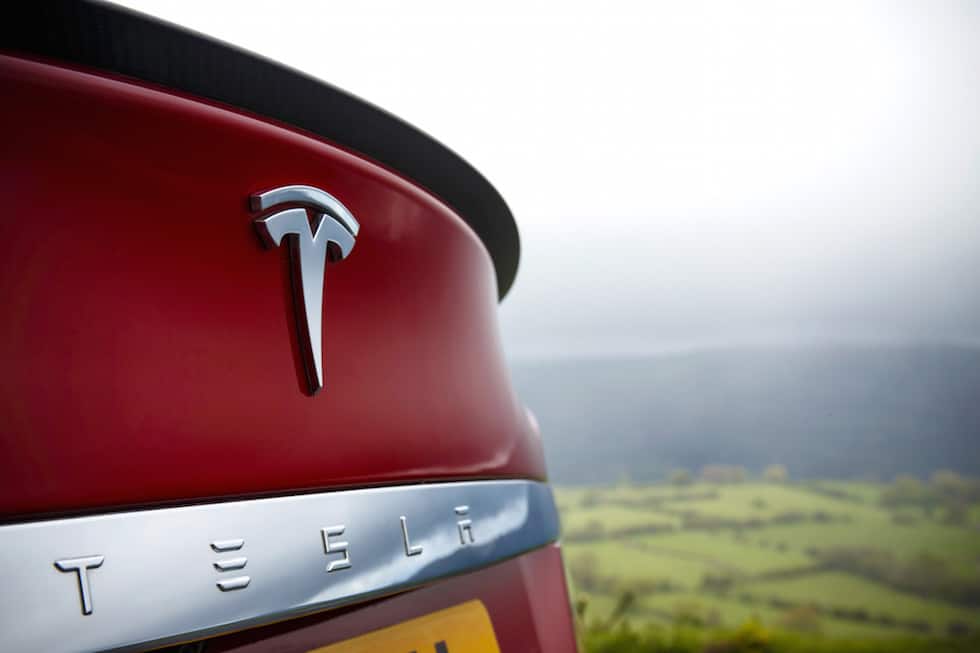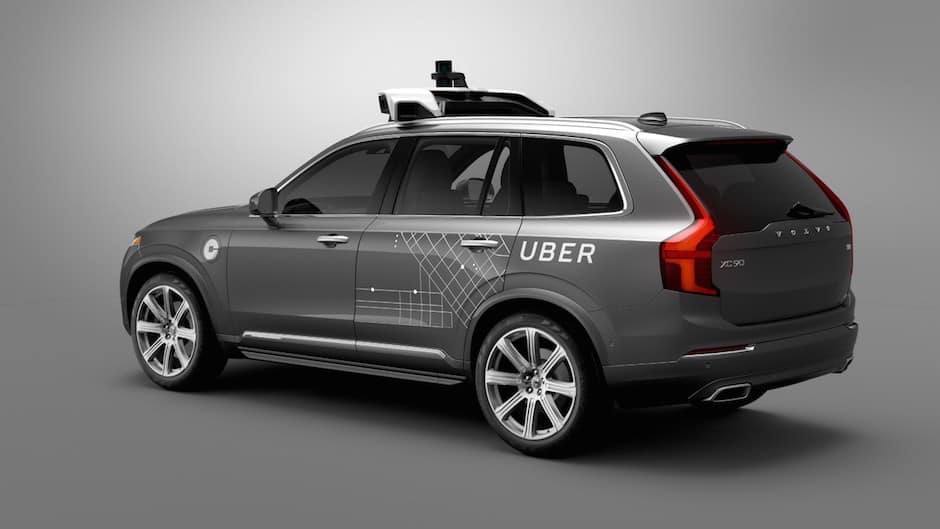 The rapid pace of technological change in the automotive sector in recent years has surprised everyone: consumers, industry commentators, and – perhaps most of all – carmakers themselves.
The rapid pace of technological change in the automotive sector in recent years has surprised everyone: consumers, industry commentators, and – perhaps most of all – carmakers themselves.
Take autonomous vehicles. A decade ago the prospect of self-driving cars was at best a fringe concept: an area of research with one foot in reality but the other firmly in the realms of science fiction.

Today, along with electric powertrain technology, autonomy is a cornerstone of the sector’s plans for the future, with almost every major carmaker placing it at the heart of their plans for the future.
In our latest special report we take a look at one of the key drivers behind this revolution: the irresistible influence of relatively new entrants to the automotive world. The likes of Tesla, Google and, more recently, ride-sharing pioneer Uber.

Unconstrained by traditional car industry methods of technology development and testing, and less risk averse than the incumbents, these organisations have invested heavily in the autonomous dream. And traditional carmakers, perhaps afraid of being left behind, have been swept along by their more aggressive approach. Interestingly, one factor that almost certainly isn’t driving this change is consumer demand.
Whenever we cover the topic in this publication many readers admit that the prospect of ceding control to a robot leaves them cold. And there seems to be little evidence elsewhere that drivers are crying-out for the technology. However, the industry is clearly banking on this changing, and in an effort to win consumer confidence is focusing its efforts on stressing the safety benefits of handing over control to a computer.

As we report, Tesla has been particularly bullish in this regard: arguing that it would be morally wrong to let negative media reports or concerns over a slow to adapt legal system stand in the way of technology that it believes will save lives.
Whatever your view, there’s no doubt that it’s an exciting time to be joining the sector, with the rise of new concepts creating fresh new opportunities for engineers (as illustrated in our recent careers feature) and exciting commercial avenues for the more nimble members of the industry’s supply chain. Our article on Coventry pod car manufacturer RDM group is an interesting case in point.











Water Sector Talent Exodus Could Cripple The Sector
Maybe if things are essential for the running of a country and we want to pay a fair price we should be running these utilities on a not for profit...